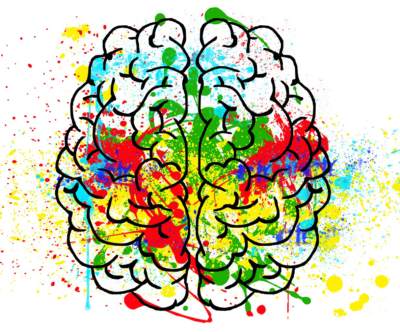“Could you be imagining a problem where there isn’t one?”
The question caught me off guard.
Where had I gone wrong? I had come to the campus medical practice at the allotted appointment time. I had waited there for almost two hours, the reception staff reassuring me every so often that it wouldn’t be long. I had muddled through the counseling assessment lady’s bewildering and intrusive questions. And now…
I shrugged, defeated. How could I explain to this less-than-friendly figure my biggest worry – that there was no problem with me? That this unbearable mess was exactly how life was supposed to feel?
“Well, I think there are some definite self-esteem issues,” she said almost to herself. “I can put you down for therapy if you like.”
I thanked her, saying that would be great, and got out of there as fast as I could. Seven months later, I graduated. I had never heard from them again.
Was I really unlucky to encounter a practitioner who seemed to barely care? Or is this a wider problem – an epidemic of counselors who want to help but are as lost as we are in a system stretched to the breaking point?
Here are five facts that helped me decide.
1. There can be over 2,000 students per counselor.
In fact, the average is 2,110 for Counseling and Psychological Services (CAPS) counselors. Compare that to the 400-odd people per doctor in the U.S., and you get an idea of a) how easy it is to get an appointment and b) how much mental health is valued.
But this only tells half the story. While some schools beat this average by far – a ratio of fewer than 1k in some cases – others massively exceed it, with the worst getting close to double the average. This means that the mental healthcare you receive will depend to a large extent on which school you choose. Not something you necessarily think about when looking at prospective campuses.
2. The number of drop-outs due to mental illness has grown.
The whole point of going to college is to get your degree, right? For any system operating within the university, it should be a main goal to ensure that everyone leaves with the qualification they came for.
In the UK, where I go to school, data found that more and more students were not able to graduate because of mental illness. That’s a pretty sure sign that the system is failing.
3. Marginalized students bear the brunt.
One study showed that female students were significantly more likely than their male counterparts to suffer from anxiety and/or depression. The same went for LGBT students compared to cisgender heterosexual students. The study didn’t say anything about students of color, working class students, or disabled students… but we get the idea.
It’s not only on campus that oppression takes its toll on mental health. Women are at least two times more likely than men to suffer depression in their lifetime. Eighty percent of trans young people have engaged in self-harm. Those responsible for mental health on campus should know these statistics and react to them in advance. A system that’s doing its job is capable of dealing with these inequalities and getting everyone on a level playing field.
4. The exam system ticks the boxes of an anxiety-producing job.
In his book The Health Gap, Michael Marmot explains how certain occupations have characteristics that commonly lead to stress-related illnesses. Factors include little control over your work life, a high ratio of effort to reward, isolation from colleagues, and sedentary work.
That paper that forced you to meet a quick-paced, arbitrary deadline? Those times you sat studying in your bedroom instead of walking to campus and learning with friends? They’re no good for your mental wellbeing. All the more reason campus mental health professionals should be on their game.
5. The number of students struggling keeps going up.
Not only are more and more students seeking help from counseling services, according to this study, but of those seeking help, the proportion that have been hospitalized, engaged in self harm, or made suicide attempts has increased year to year.
In particular, levels of anxiety have increased exponentially.
By almost any measure, the number of students struggling with mental illness has gone nowhere but up. For all the noise made about this issue, campuses are doing relatively little about it.
Shoshi Stanton graduated from University of Leeds and studied sustainable energy systems. You can follow her tumblr blog lastseatlastrow.
![brain-2062048_1920 "Where had I gone wrong?" | [Public Domain], via Pixabay](https://newvoices.org/wp-content/uploads/2017/09/brain-2062048_1920-e1506962959873.jpg)

